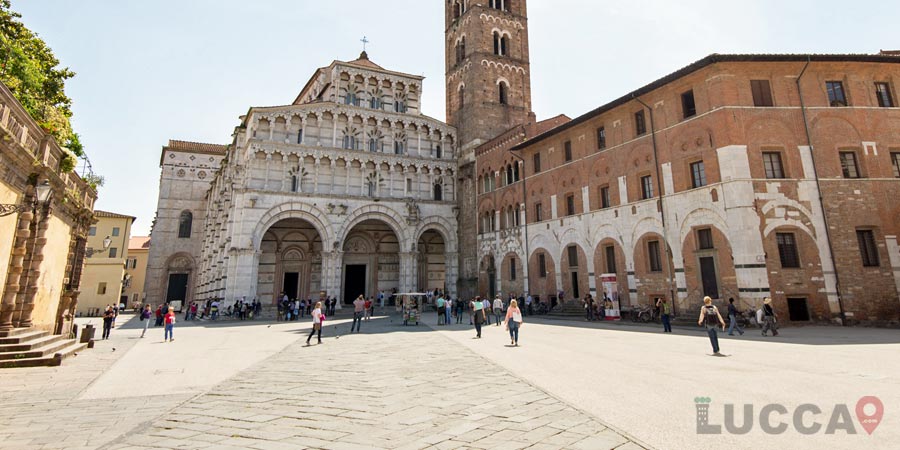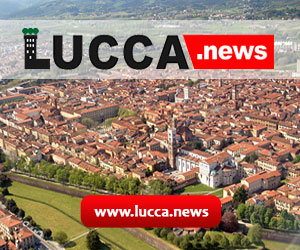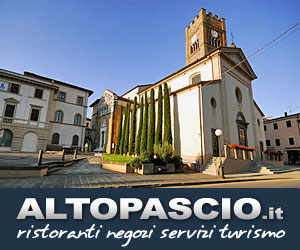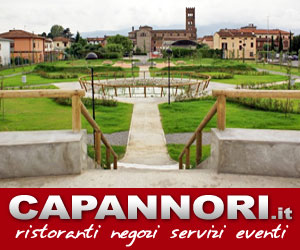
Piazza San Martino Piazza San Martino, LUCCA ,
Piazza San Martino is located in Lucca city’s center. The square is the place where several cultural events of the city now take place frequently, and the location is also a favorite and prime spot of tourist activity. An antique’s market is organized here on each third Sunday and Saturday of every month. The evolution of the square and the church has taken place through centuries.
Naming and initial construction
The church and the square have been named after Saint Martin. The locals and the inhabitants of Lucca believe that the church was first built in the year 6th century by S.Frediano (Lucca’s Bishop). It was once again reconstructed in the year 1060 by Anselmo da Baggio who later became Pope Alexander 2 (1061-1073). Anselmo da Baggio’s Bust architecture that is kept at the Museum of the Cathedral is from this time period. The beautiful facade displays the Roman architecture that can be found in many other buildings of the city Lucca. The designer of the facade was Giudetto da Como. The façades are inspired from the Cathedral of Pisa. The cathedral was also restructured during the 12th and the 13th centuries.
Beautiful evolution to present artistic form
The Piazza San Martino can be divided into three areas. One is included in San Martino Church’s yard; the second leads to Via Valdonica and the third leads to Via Marsala. In the yard of the church, you will find the statue of Madonna-del-carmine. It was made by Andrea Ferreri in the year 1705 and is made on a column of thin stone.
The great-apse, its tallish and columnar arcades and the bell tower or the campanile that were part of the original structure still remain and you can see them when you visit the square. The cathedral’s transepts and the naves were rebuilt in the Gothic style in the 14th century. The west front of the cathedral was built in the 12th century. Guido Bigarelli started the construction of this area in the year 1204. The newer additions included a vast and huge portico with three beautiful and magnificent arches. Above the arches were built three open galleries that had a number of sculptures.
The chapel was then built by Matteo Civitali, who was the most popular sculptor in the city of Lucca in the early Renaissance period, in the year 1484. The work ended in the year 1637.
The cathedral’s porch was used by the bank changers in ancient times who transacted with the business pilgrims. These pilgrims came to Lucca through the Via Francigena route. A unique and timeless monumental inscription here warns against frauds.
Precious Interiors
The Holy Face of Lucca or the scared countenance is the most precious relic of the city Lucca and is located in the small chapel shrine inside the cathedral’s nave. According to legend and belief, the image of Christ and cedar-wood-crucifix was carved and created by Nicodemus (a saint) and was later miraculously brought to Lucca in the year 782.
Inside the church, you can find several precious works of architecture and art. The 1408 funeral monument by Jacopo Della Quercia to Ilaria Del Carretto, Last Supper by Jacopo Tintoretto and Virgin with Child and Saints by Ghirlandaio are the most prominent ones.
Find Squares





